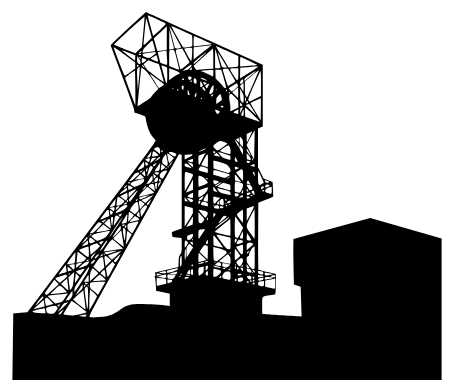Topics > Industry and Work > Mining > Coal Mining at the coast before the 18th Century
Coal Mining at the coast before the 18th Century
Previous to the eighteenth century, coal for exportation - sea coal as it was called - was worked in collieries at no great distance from the places of shipment on the Tyne and Wear, or at Blyth, Seaton Sluice, and Cullercoats. The owners or lessees of these collieries had generally a right of way over the lands intervening between the pits and the staiths. But when the mines adjacent to the river were exhausted and the coal-owners found it necessary to "advance their works several miles into the country," they met with engineering difficulties to which they had not been accustomed, and, moreover, were confronted with the important question of wayleaves — a question which has since had no slight influence on the fortunes of some of the lines merged in the North Eastern Railway. One of the things which struck Roger North, the brother of Lord Keeper Guilford, in 1676, as remarkable in the neighbourhood of Newcastle, was the system of wayleaves, and he made a note of the fact that the owner of a rood of ground between the colliery and the river would expect £20 per annum for the leave to pass over it. The exactions of the landowner at this time were such that the Company of Hostmen, of Newcastle-upon-Tyne, passed a resolution to apply to Parliament for an Act to regulate wayleaves and staith-rooms. They took no steps, however, in this direction until the 20th of February, 1696, when a petition on their behalf was presented by Sir Wm. Blackett. Nothing seems to have come of it, and the abuses complained of continued.
Extract from: Tomlinson, William Weaver. The North Eastern Railway; its rise and development, 1915. p6.
Wayleaves were payments to a landowner for right of way.







